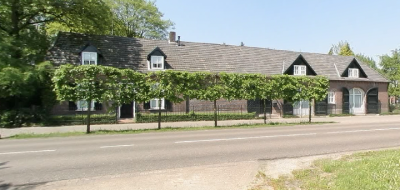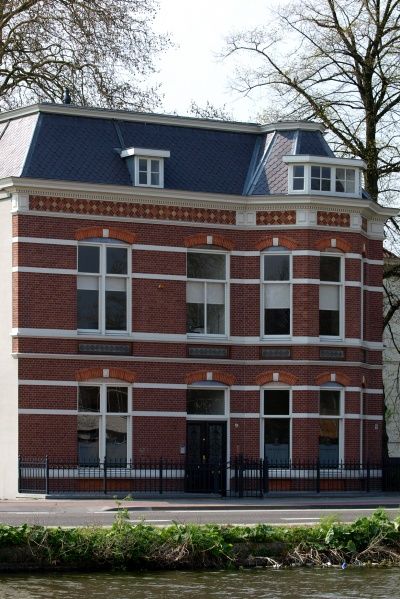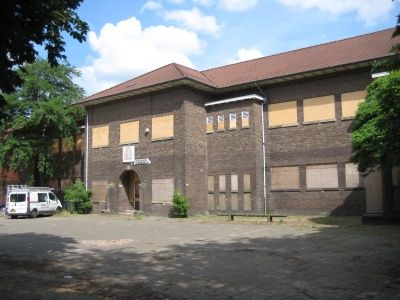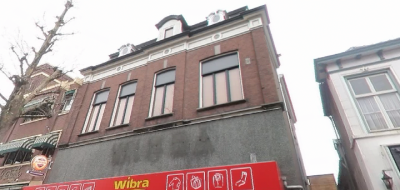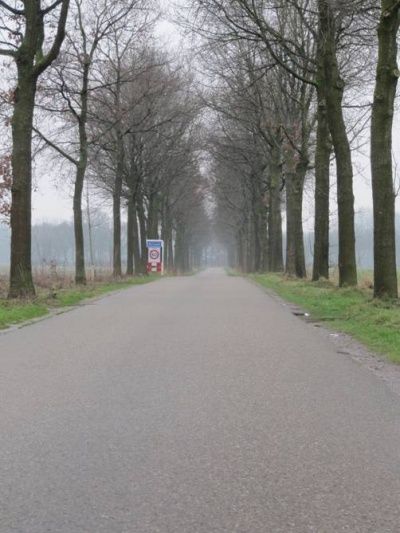Molen De Beer | Gemert
Just about on the site of culture house De Eendracht there used to be a substantial brick windmill named De Beer. The mill was used as a corn mill, but in the 19th century mainly for buckwheat.
The mill was built shortly after 1331 by Diederik III, lord of Gemert. The mill was surrounded by a moat, which still partially existed in 1832. Due to disputes with the Teutonic Order, Diederik was forced to sell the mill in 1364, along with his water mill, to the Gemert Commandery of the Teutonic Order, which remained the owner until its dissolution in the French era. The order always leased the mill for periods of 6 or 12 years. Well-known miller families were Penninx, Kievits and Van Heeswijk.
With the dissolution o…
Just about on the site of culture house De Eendracht there used to be a substantial brick windmill named De Beer. The mill was used as a corn mill, but in the 19th century mainly for buckwheat.
The mill was built shortly after 1331 by Diederik III, lord of Gemert. The mill was surrounded by a moat, which still partially existed in 1832. Due to disputes with the Teutonic Order, Diederik was forced to sell the mill in 1364, along with his water mill, to the Gemert Commandery of the Teutonic Order, which remained the owner until its dissolution in the French era. The order always leased the mill for periods of 6 or 12 years. Well-known miller families were Penninx, Kievits and Van Heeswijk.
With the dissolution of the Teutonic Order, the properties were nationalized and managed by the Domeinen. In 1833 Adriaan van Riemsdijk bought the property of the Teutonic Order in Gemert, including the mill. In 1881 the mill was demolished, for which gunpowder had to be used. On the site of the mill, in 1914, dairy factory De Eendracht was built. Again later, the former milk factory was converted into the Gemert culture house, which took the name De Eendracht.
